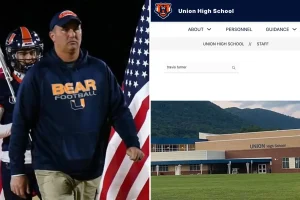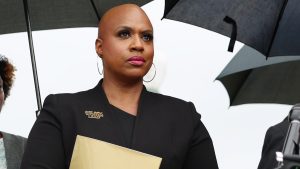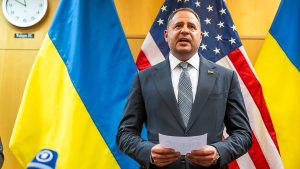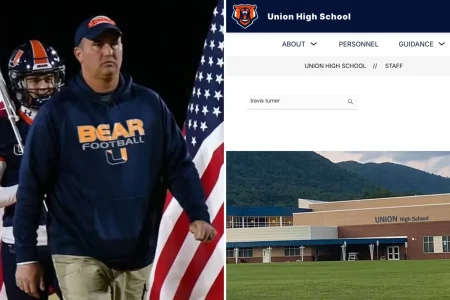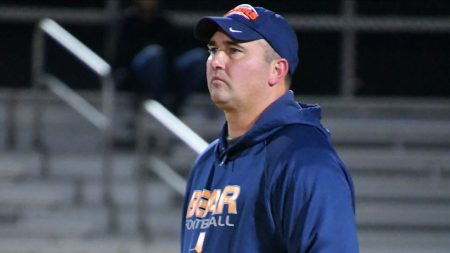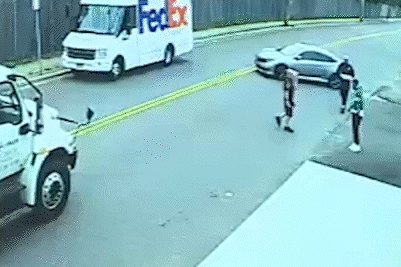Gregory Bovino: The Border Patrol Official in a Chicago Courtroom
Gregory Bovino, who has emerged as one of the most visible border patrol officials during President Trump’s immigration enforcement initiatives, recently made an appearance in a Chicago courtroom. As a key figure in the administration’s border security efforts, Bovino’s presence in a Midwest courtroom highlights the nationwide scope of immigration enforcement actions under the current administration. While details about the specific nature of his court appearance remain limited, his role as a public representative of the president’s border policies has drawn attention from both supporters who praise stricter enforcement and critics who question the humanitarian implications of these measures.
Throughout his tenure, Bovino has consistently defended the administration’s approach to border security, often emphasizing the importance of enforcing existing immigration laws and implementing new protocols designed to reduce unauthorized border crossings. His public statements typically focus on the operational challenges faced by border patrol agents and the necessity of enhanced enforcement mechanisms to address what the administration characterizes as a crisis at the southern border. Bovino’s background in law enforcement and his firsthand experience with border operations have positioned him as an authoritative voice when discussing the implementation and effects of the president’s immigration policies.
The Chicago court appearance represents an interesting geographical extension of border enforcement issues, which traditionally center on states along the U.S.-Mexico border such as Texas, Arizona, and California. This midwest connection underscores how immigration enforcement has become a national rather than merely regional concern, with major urban centers throughout the country increasingly involved in immigration-related legal proceedings. For Chicago, a self-declared sanctuary city with policies limiting cooperation with federal immigration authorities, hosting a prominent border patrol official in its courtroom creates a compelling juxtaposition of competing approaches to immigration enforcement.
Bovino’s role within the administration places him at the intersection of policy and implementation, requiring him to translate executive directives into actionable protocols for agents on the ground while also serving as a public defender of these measures. This dual responsibility has made him both a target of criticism from immigration advocates, who view the administration’s policies as unnecessarily harsh, and a symbol of reassurance for those who believe stronger border enforcement is essential for national security. The tension between these perspectives forms the backdrop against which Bovino operates, navigating complex political and practical considerations while maintaining his organizational responsibilities.
The appearance of a high-profile border patrol official in a courtroom setting also highlights the increasing judicializing of immigration policy under the current administration. As executive actions face legal challenges, courts have become critical battlegrounds where the scope and implementation of immigration enforcement are contested and defined. Bovino’s presence in a Chicago courtroom exemplifies how immigration enforcement officials increasingly find themselves defending their practices before judges, responding to legal challenges brought by immigrant advocacy organizations, civil liberties groups, and affected individuals. This legal dimension adds another layer of complexity to the already contentious debate surrounding immigration policy in the United States.
As the administration continues its focus on immigration enforcement, figures like Gregory Bovino will likely remain in the public eye, embodying the practical application of the president’s border security vision. His Chicago courtroom appearance, whatever its specific purpose, serves as a reminder of how immigration enforcement has evolved from a primarily border-centric operation to a nationwide system with far-reaching implications for communities across the country. The intersection of federal enforcement priorities, local governance philosophies, and judicial oversight that his case represents encapsulates many of the fundamental tensions characterizing the contemporary American immigration debate.
